A brief history of feminist poets
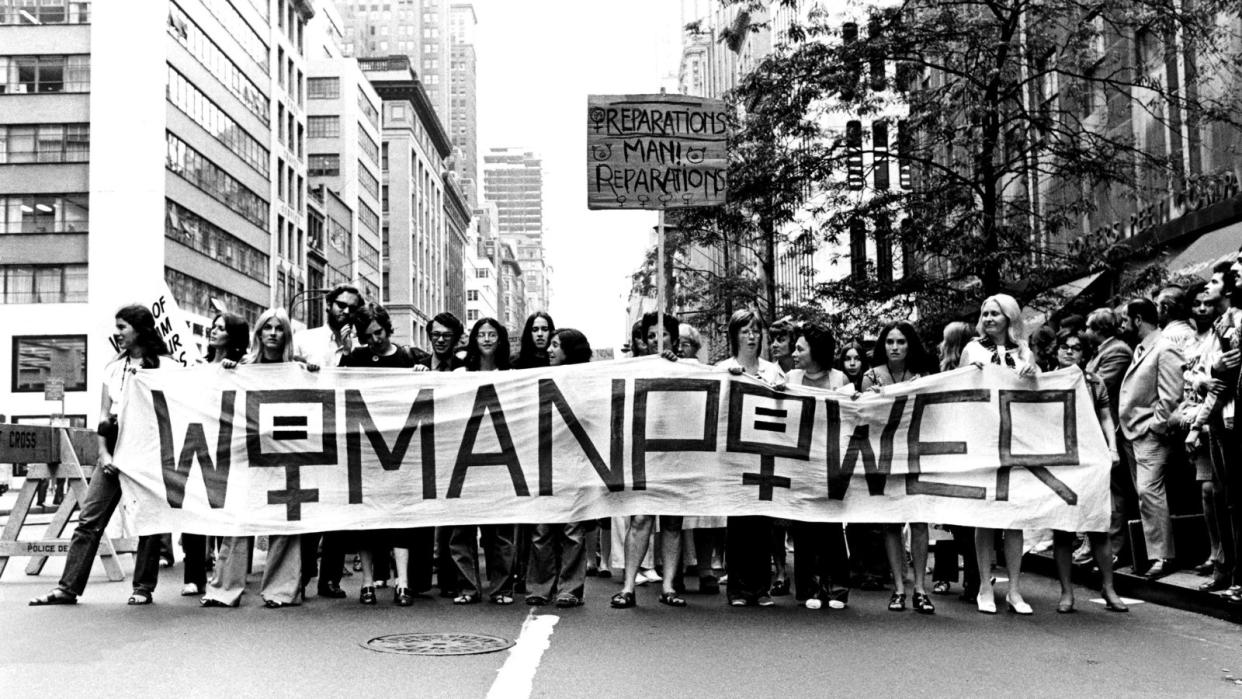
Women have always played a vital role in some of the most effective protests, marches and sit-ins throughout history. These MAKERS give their personal accounts of participating in some of the largest demonstrations this country has ever seen.
Miss America Protest
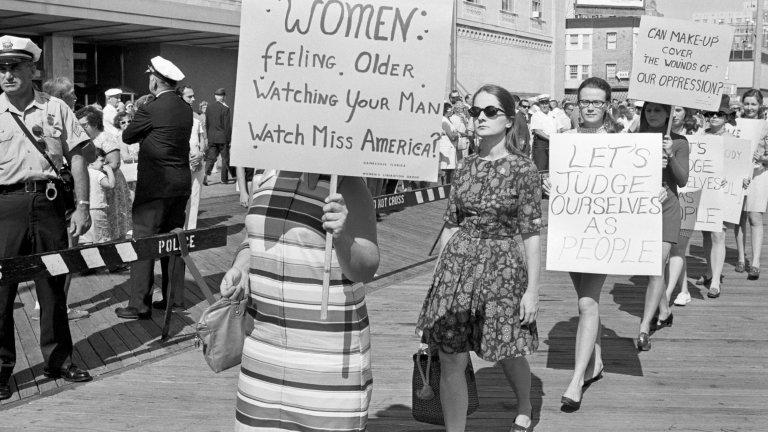
On Sept. 7, 1968, hundreds of women in a radical group called "Women's Libbers" gathered on the boardwalk outside of the Atlantic City convention center. They rallied, they chanted, they denounced symbols of women's oppression, all in protest of the Miss America Pageant—what they considered a hallmark institution of women's objectification. It was the first public demonstration of the Women's Liberation. MAKERS Alix Kates Shulman and Robin Morgan helped organize the protest of the Miss America Pageant.
"At that time [the Miss America Pageant] was one of the greatest attractions on television, and once that was decided upon it became such a pleasure and delicious to plan this event." —Alix Kates Shulman, Feminist Writer and Activist
"Some people have called that the real birth of the contemporary women's movement, simply because it had so much coverage and women all over knew about it. It modelled rebellion for women." —Robin Morgan, Writer & Feminist Activist
The "Women's Strike"
The "Women's Strike", organized by Betty Friedan and the National Organization for Women (N.O.W.), happened on Aug. 26, 1970—the 50th anniversary of the Suffrage Amendment passing. Women marched on this day nationwide, but the biggest march happened down Fifth Avenue in New York City. For the movement, which prior had been characterized by small sporadic groups gathering around the country, this was a turning point that unified the movement.
"It's very exhilarating to march because you're with people who feel the way you do. At that time it was very effective in proving we had the numbers. The big march on Fifth Avenue in New York proved to so many women around the country, you are not alone—we are a movement." —Muriel Fox, Co-Founder of NOW
"It was the perfect time to celebrate and to introduce this new movement to the world. At first, the police gave us permission to march on two lanes of Fifth Avenue. But by the time everybody had gotten together and it was about to begin, it was clear that two lanes wouldn't begin to contain us. So we spilled over and took up the entire avenue." —Alix Kates Shulman, Feminist Writer and Activist

Ladies Home Journal Sit-In
Two hundred women, frustrated and fed up with male-biased media targeted to women, staged the Ladies Home Journal sit-in on March 18, 1970. It was a highly publicized protest organized by a few women's groups including N.O.W. and the New York Radical Women. Protesters stormed the office of then Editor-in-Chief John Mack Carter, urging him to resign, while also demanding a female editor-in-chief and an all-female editorial staff, greater representation of women of color in the magazine, salary raises for women staff, and specifically ending the "Can this Marriage be Saved?" column. According to Susan Brownmiller, the sit-in lasted 11 hours before a compromise was reached.
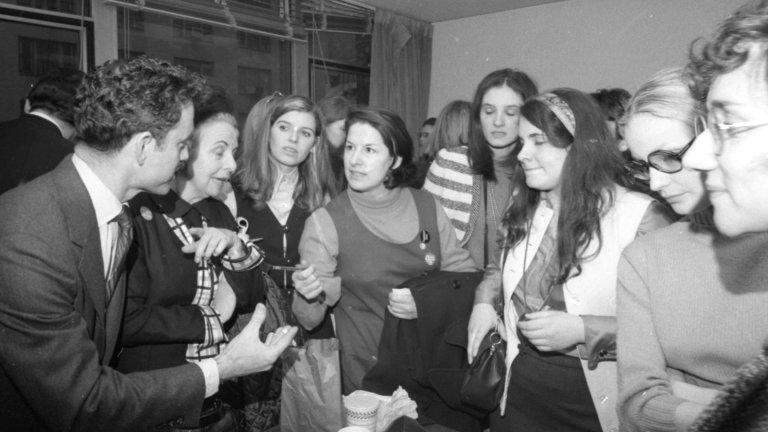
"It was ludicrous that men were running the magazine by a formula that said that women should be happy housewives, that this was women's destiny, and this is where they should find their creativity and enjoyment. We were prepared to stay all night. And, of course, it was a media event—everyone understood it as an awfully interesting news story. It got more publicity than anything up to that time in the women's movement." —Susan Brownmiller, Author, "Against Our Will"
"We met outside the building where the Ladies Home Journal offices were. We dressed like ladies, in skirts, whereas our normal attire was pants or jeans, and we went inside in very small groups of three or four people so that they wouldn't know anything was going on. And we went up to the floor where the Ladies Home Journal offices were, and eventually got inside the office of the editor-in-chief." —Alix Kates Shulman, Feminist Writer and Activist
Nashville Sit-Ins

The Nashville sit-ins were a series of protests organized by a group of students at Fisk University during the Civil Rights Movement. The protests were eventually led by 22-year-old Diane Nash, targeting "whites only" lunch counters where the students were being denied service. The first sit-in took place on February 13, 1960. In some instances the students were attacked by segregationists during the protests, but those who participated pledged to be nonviolent. And in preparation for possible arrests, workshops were organized to teach students how to navigate the situation peacefully.
"I remember thinking, we are facing white racist businessmen and politicians, and who are we? A group of students, 18, 19, 20 years old. But the movement had a way of reaching inside you and bringing out things that even you didn't know were there." —Diane Nash, Civil Rights Leader
Whitney Museum Protest

The Whitney Museum showcased a major exhibition in 1970 called 30 Americans, which did not feature any artists of color. Outraged, African-American artists and art patrons in association with the Studio Museum in Harlem organized the first-ever demonstration against a museum for racist policies. MAKER Faith Ringgold was on the front lines of the protest on Jan. 31, 1971.
"We demonstrated in front of the Whitney and later the Museum of Modern Art, so that African-American artists could show their work in these museums. These were public institutions with a commitment to serve the people. However, one could not find art by African Americans in any of these museums." —Faith Ringgold, Artist & Activist
March for Women's Lives
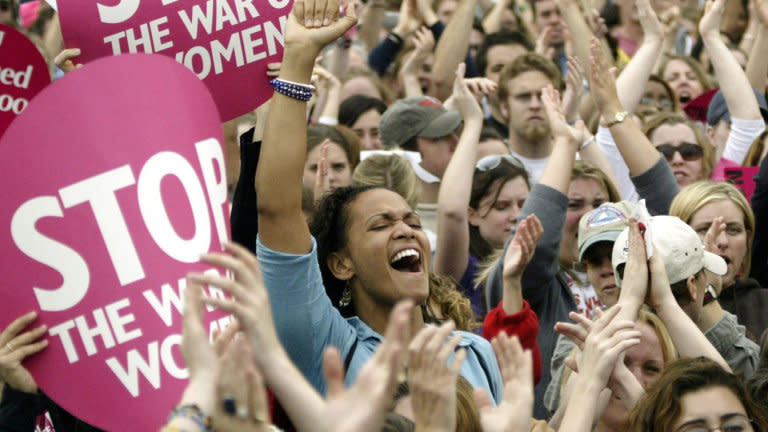
In the planning phases, the 2004 March for Women's Lives was intended to be a demonstration protesting the Partial-Birth Abortion Ban Act and other restrictions on abortion. Later, the march added in causes affecting minorities and women of color. An estimated 1.15 million marchers came together on April 25, 2004 on the National Mall in Washington, D.C, making it the largest protest in U.S. history. (That is, until women organized again and descended on the Capitol for the Women's March in 2017.) Organizing partners for the march included NARAL Pro-Choice America, Planned Parenthood Federation of America, N.O.W., Feminist Majority Foundation, N.A.A.C.P., National Latina Institute for Reproductive Health, Black Women's Health Imperative, and American Civil Liberties Union.
"Alice Cohan reached out to me and said, Loretta, we'd like SisterSong to be on board endorsing the march. We demanded that they change the name because it was called 'A March for Freedom of Choice' and with our reproductive justice analysis we said it's not just about abortion. In the end, it was overwhelmingly successful and it brought so many people together because of all the different issues we covered—1.15 million people came." —Loretta Ross, Feminist Organizer
March for the Equal Rights Amendment
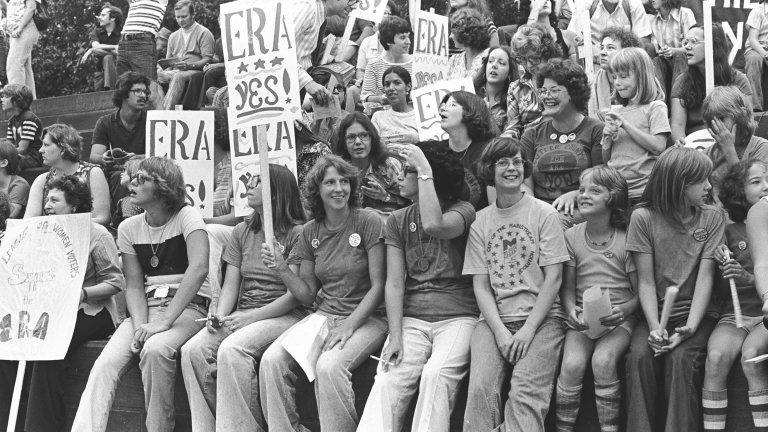
On July 9, 1978, marchers took to the streets of Washington, D.C. demanding an extension of the deadline for ratification of the Equal Rights Amendment. More than 300 social justice groups and over 35 notable speakers, including Marlo Thomas, Eleanor Holmes Norton, Gloria Steinem, Betty Friedan, and many more prominent feminists, rallied together with hundreds of thousands of supporters.
"It was passed through Congress which was a great achievement, and we were three states short of ratification. We fought very hard to extend the deadline for ratifying the ERA in the states. I'm very proud. I have a medallion which shows me leading the parade for the ERA extension in 1978 in Washington. It says 'A passion for the possible, July 9, 1978', and our banner says ERA." —Muriel Fox, Co-Founder of NOW

